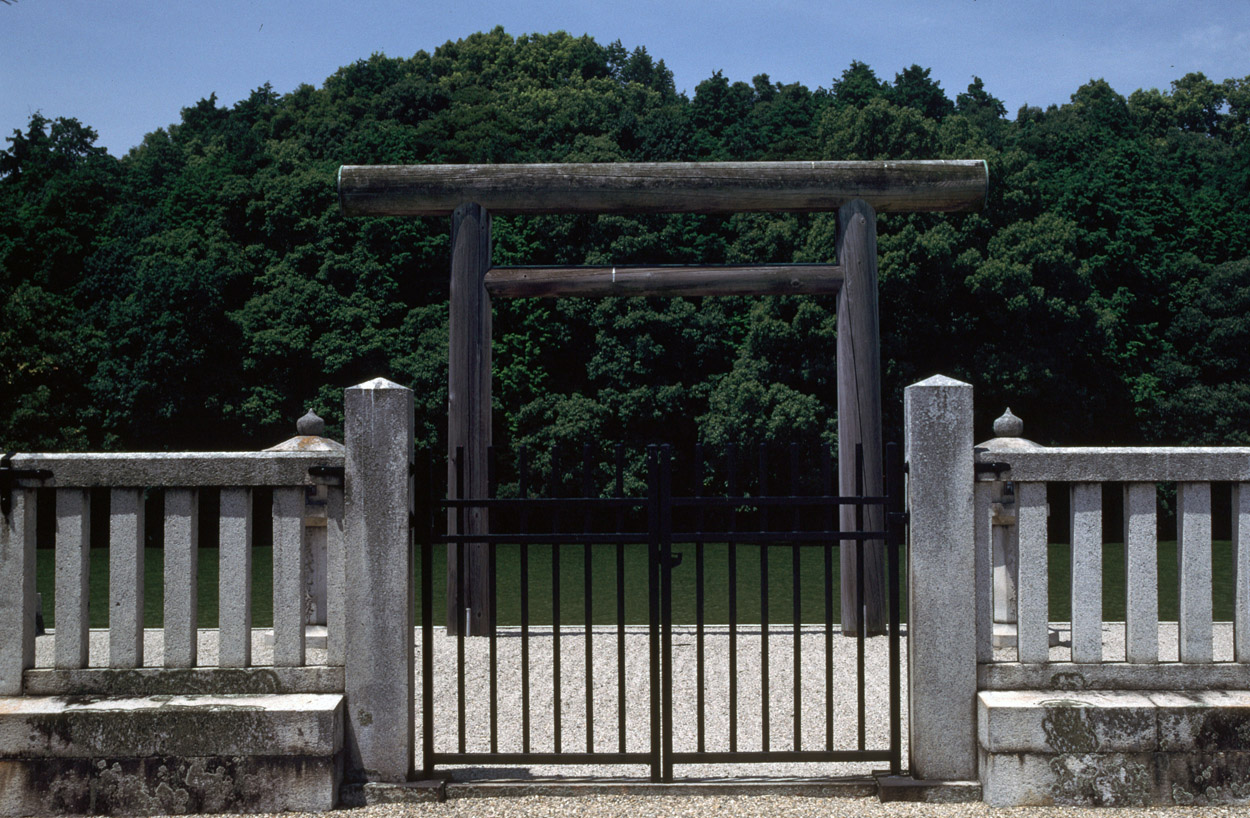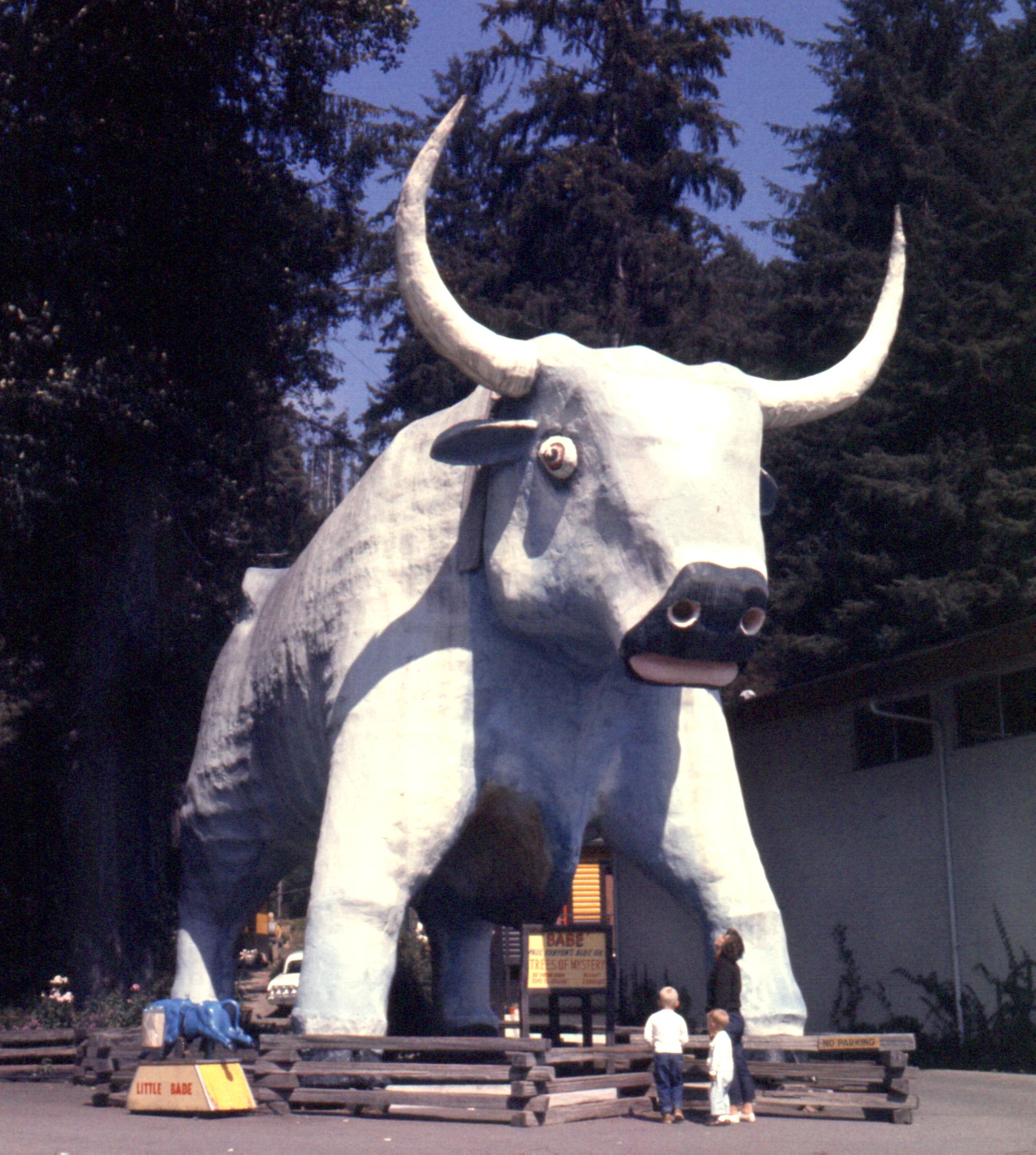|
Emperor Suinin
, also known as was the 11th legendary Emperor of Japan, according to the traditional order of succession. Less is known about ''Suinin'' than his father, and likewise he is also considered to be a "legendary emperor". Both the ''Kojiki'', and the ''Nihon Shoki'' (collectively known as the ''Kiki'') record events that took place during Suinin's alleged lifetime. This legendary narrative tells how he ordered his daughter Yamatohime-no-mikoto to establish a new permanent shrine for Amaterasu (the Sun Goddess), which eventually became known as the Ise Grand Shrine. Other events that were recorded concurrently with his reign include the origins of Sumo wrestling in the form of a wrestling match involving Nomi no Sukune. Suinin's reign is conventionally considered to have been from 29 BC to AD 70. During his alleged lifetime, he fathered seventeen children with two chief wives (empress) and six consorts. One of his sons became the next emperor upon his death in 70 AD, but the locati ... [...More Info...] [...Related Items...] OR: [Wikipedia] [Google] [Baidu] |
Emperor Of Japan
The Emperor of Japan is the monarch and the head of the Imperial House of Japan, Imperial Family of Japan. Under the Constitution of Japan, he is defined as the symbol of the Japanese state and the unity of the Japanese people, and his position is derived from "the will of the people with whom resides sovereign power". Imperial Household Law governs the line of Succession to the Japanese throne, imperial succession. The emperor is sovereign immunity, immune from prosecution by the Supreme Court of Japan. He is also the head of the Shinto religion. In Japanese language, Japanese, the emperor is called , literally "Emperor of heaven or "Heavenly Sovereign". The Japanese Shinto religion holds him to be the direct descendant of the sun goddess Amaterasu. The emperor is also the head of all national Orders, decorations, and medals of Japan, Japanese orders, decorations, medals, and awards. In English, the use of the term for the emperor was once common but is now considered obsolete ... [...More Info...] [...Related Items...] OR: [Wikipedia] [Google] [Baidu] |
Kofun
are megalithic tombs or tumuli in Northeast Asia. ''Kofun'' were mainly constructed in the Japanese archipelago between the middle of the 3rd century to the early 7th century CE.岡田裕之「前方後円墳」『日本古代史大辞典』大和書房、2006年。 The term is the origin of the name of the Kofun period, which indicates the middle 3rd century to early–middle 6th century. Many ''kofun'' have distinctive keyhole-shaped mounds (). The Mozu- Furuichi kofungun or tumulus clusters were inscribed on the UNESCO World Heritage List in 2019, while Ishibutai Kofun is one of a number in Asuka-Fujiwara residing on the Tentative List. Overview The ''kofun tumuli'' have assumed various shapes throughout history. The most common type of ''kofun'' is known as a , which is shaped like a keyhole, having one square end and one circular end, when viewed from above. There are also circular-type (), "two conjoined rectangles" typed (), and square-type () kofun. Orientation ... [...More Info...] [...Related Items...] OR: [Wikipedia] [Google] [Baidu] |
Man'yōshū
The is the oldest extant collection of Japanese (poetry in Classical Japanese), compiled sometime after AD 759 during the Nara period. The anthology is one of the most revered of Japan's poetic compilations. The compiler, or the last in a series of compilers, is today widely believed to be Ōtomo no Yakamochi, although numerous other theories have been proposed. The chronologically last datable poem in the collection is from AD 759 ( 4516). It contains many poems from a much earlier period, with the bulk of the collection representing the period between AD 600 and 759. The precise significance of the title is not known with certainty. The contains 20 volumes and more than 4,500 poems, and is divided into three genres: , songs at banquets and trips; , songs about love between men and women; and songs to mourn the death of people. These songs were written by people of various statuses, such as the Emperor, aristocrats, junior officials, soldiers ( songs), ... [...More Info...] [...Related Items...] OR: [Wikipedia] [Google] [Baidu] |
Jien
was a Japanese poet, historian, and Buddhist monk. Biography Jien was the son of Fujiwara no Tadamichi, a member of the Fujiwara clan of powerful aristocrats. His brother was the future regent Fujiwara no Kanezane. Jien became a Tendai monk early in his life, entering Shōren-in at age eleven. He first took the Buddhist name ''Dokaei'', and later changed it to ''Jien''. He eventually rose to the rank of , leader of the Tendai. Jien eventually began to study and write Japanese history, his purpose being to "enlighten people who find it hard to understand the vicissitudes of life". His masterpiece, completed around 1220, was humbly entitled, '' Gukanshō'', which translates as ''Jottings of a Fool''. In it he tried to analyze the facts of Japanese history. The ''Gukanshō'' held a ''mappo'' and therefore pessimistic view of his age, the Feudal Period, and claimed that it was a period of religious decline and saw the disintegration of civilization. This is the viewpoint generall ... [...More Info...] [...Related Items...] OR: [Wikipedia] [Google] [Baidu] |
Saiō
A , was an unmarried female member of the Imperial House of Japan, Japanese Imperial Family, sent to Ise, Mie, Ise to serve at Ise Grand Shrine from the late 7th century until the 14th century. The Saiō's residence, , was about 10 km north-west of the shrine. The remains of Saikū are situated in the town of Meiwa, Mie, Meiwa, Mie Prefecture, Japan. Origins According to Japanese legend, around 2,000 years ago the divine Yamatohime-no-mikoto, daughter of the Emperor Suinin, set out from Mt. Miwa in Nara Prefecture in search of a permanent location to worship the goddess Amaterasu, Amaterasu-ōmikami. Her search lasted for 20 years and eventually brought her to Ise, Mie Prefecture, where the Ise Shrine now stands. Prior to Yamatohime-no-mikoto's journey, Amaterasu-omikami had been worshiped at the Imperial Palaces in Yamato Province, Yamato. According to the Man'yōshū (The Anthology of Ten Thousand Leaves), the first Saiō to serve at Ise was Princess Ōku, daughter o ... [...More Info...] [...Related Items...] OR: [Wikipedia] [Google] [Baidu] |
Ise, Mie
, formerly called Ujiyamada (宇治山田), is a city in central Mie Prefecture, on the island of Honshū, Japan. Ise is home to Ise Grand Shrine, the most sacred Shintō shrine in Japan. The city has a long-standing title – Shinto (神都) – that roughly means "the Holy City", and literally means "the Capital of the ''Kami''". , the city had an estimated population of 123,533 in 55,911 households and a population density of 590 people per km². The total area of the city is . Geography Ise is located on the northern half of Shima Peninsula in far eastern Mie Prefecture. The northern part of the city is flat land, facing Ise Bay of the Pacific Ocean. In the south, the land rises to form hills and mountains with an elevation of 100 to 500 meters. Most of the city is within the geographic limits of Ise-Shima National Park. Neighboring municipalities Mie Prefecture *Toba *Shima * Minamiise * Watarai * Tamaki *Meiwa Climate Ise has a Humid subtropical climate (Köppen ''C ... [...More Info...] [...Related Items...] OR: [Wikipedia] [Google] [Baidu] |
Yamato Province
was a province of Japan, located in Kinai, corresponding to present-day Nara Prefecture in Honshū. Nussbaum, Louis-Frédéric (2005). "Yamato" in . It was also called . Yamato consists of two characters, 大 "great", and 和 " Wa". At first, the name was written with one different character (), but due to its offensive connotation, for about ten years after 737, this was revised to use more desirable characters () (see Names of Japan). The final revision was made in the second year of the Tenpyō-hōji era (c. 758). It is classified as a great province in the ''Engishiki''. The Yamato Period in the history of Japan refers to the late Kofun Period (c. 250–538) and Asuka Period (538–710). Japanese archaeologists and historians emphasize the fact that during the early Kofun Period the Yamato Kingship was in close contention with other regional powers, such as Kibi Province near present-day Okayama Prefecture. Around the 6th century, the local chieftainship gained national cont ... [...More Info...] [...Related Items...] OR: [Wikipedia] [Google] [Baidu] |
Emperor Kōgen
, also known as was the eighth legendary emperor of Japan, according to the traditional order of succession. Very little is known about this Emperor due to a lack of material available for further verification and study. Kōgen is known as a "legendary emperor" among historians as his actual existence is disputed. Nothing exists in the ''Kojiki'' other than his name and genealogy. Kōgen's reign allegedly began in 214 BC, he had one wife and two consorts whom he fathered six children with. After his death in 158 BC, one of his sons supposedly became Emperor Kaika. Legendary narrative In the ''Kojiki'' and '' Nihon Shoki'', only Kōgen's name and genealogy were recorded. The Japanese have traditionally accepted this sovereign's historical existence, and an Imperial ''misasagi'' or tomb for Kōgen is currently maintained; however, no extant contemporary records have been discovered that confirm a view that this historical figure actually reigned. Kōgen was born sometime in 273 BC, ... [...More Info...] [...Related Items...] OR: [Wikipedia] [Google] [Baidu] |
Tall Tale
A tall tale is a story with unbelievable elements, related as if it were true and factual. Some tall tales are exaggerations of actual events, for example fish stories ("the fish that got away") such as, "That fish was so big, why I tell ya', it nearly sank the boat when I pulled it in!" Other tall tales are completely fictional tales set in a familiar setting, such as the European countryside, the American frontier, the Canadian Northwest, the Australian frontier, or the beginning of the Industrial Revolution. Events are often told in a way that makes the narrator seem to have been a part of the story; the tone is generally good-natured. Legends are differentiated from tall tales primarily by age; many legends exaggerate the exploits of their heroes, but in tall tales the exaggeration looms large, to the extent of dominating the story. United States The tall tale is a fundamental element of American folk literature. The tall tale's origins are seen in the bragging contests that ... [...More Info...] [...Related Items...] OR: [Wikipedia] [Google] [Baidu] |




